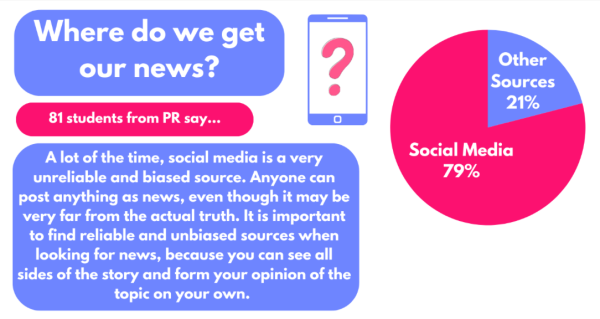What To Do About Panic Attacks
Imagine being in the deep, dark ocean with waves up to 100 feet tall about to collapse on you. Now imagine not being able to swim. This is one way a panic attack might feel.
A panic attack is an acute feeling of anxiety. Trembling, tightness in chest, shortness of breath, and nausea are all common symptoms when it comes to panic attacks.
Wolf Prints asked the question, “What do I do if I have a panic attack in class?” to Prairie Ridge social worker, Mrs. Mattingly. She offers these steps to handling a panic attack:
STEP 1: Stop and Breathe
STEP 2: Self Talk
- “I am ok, this will pass, just breathe”
- “This is difficult, but I will manage”
- “This is rough, but I am safe”
- “I’m learning to let go of worry”
- “I am safe and with safe people”
- “I will master this – I will keep trying”
- “I have control over my anxiety, I am in charge!”
She also suggests imagining a calming color surrounding and protecting you. It is also helpful to visualize a comforting place and saying a calming mantra.
The Massachusetts General Hospital’s School Psychiatry Program website describes panic disorder, shows how it can manifest in different environments, and offers resources. Also it reports that up to 5% of teens can be affected by panic disorder.
Society often views anxiety as an uncommon concept. A concept that shows weakness. However, society fails to notice that anxiety is similar to a war. The fact that people who suffer anxiety must fight it shows courage, determination and patience, definitely not weakness.
Anxiety is normal. In fact, it is more uncommon to not experience some sort of anxiety in high school.
Fortunately, Prairie Ridge is equipped with a large group of people who are always willing to help, starting in Student Services on the 1st floor between the library and cafeteria. Your counselor and the social workers–Mrs. Mattingly and Ms. Carney–are available to discuss strategies to help you cope with your anxiety and panic attacks.
Additionally, the faculty understands problems such as these that can heavily affect students. Discussing how you feel with your teachers can be useful in learning how to be comfortable in uncomfortable situations such as these.
This article is part of the Ask the Principal series featuring real questions from PR students.






